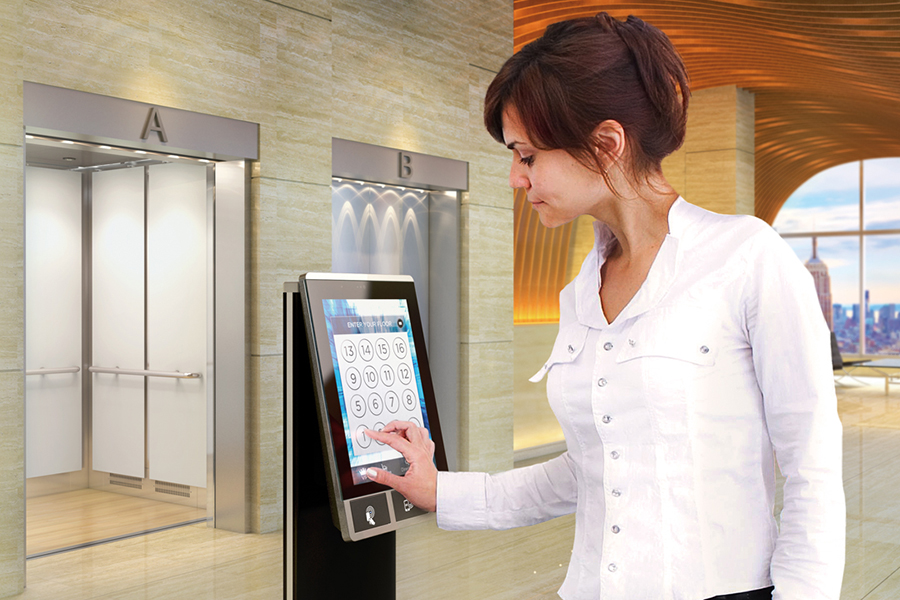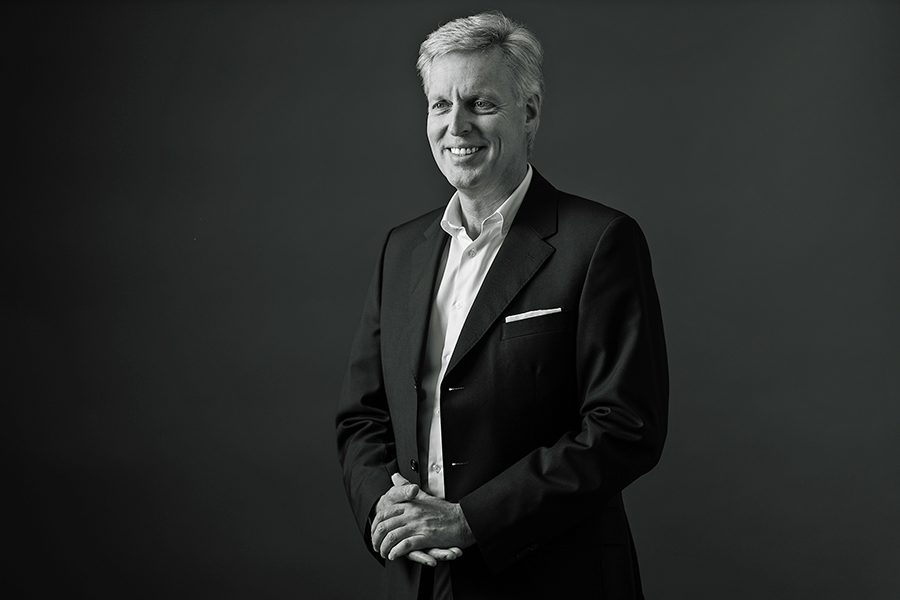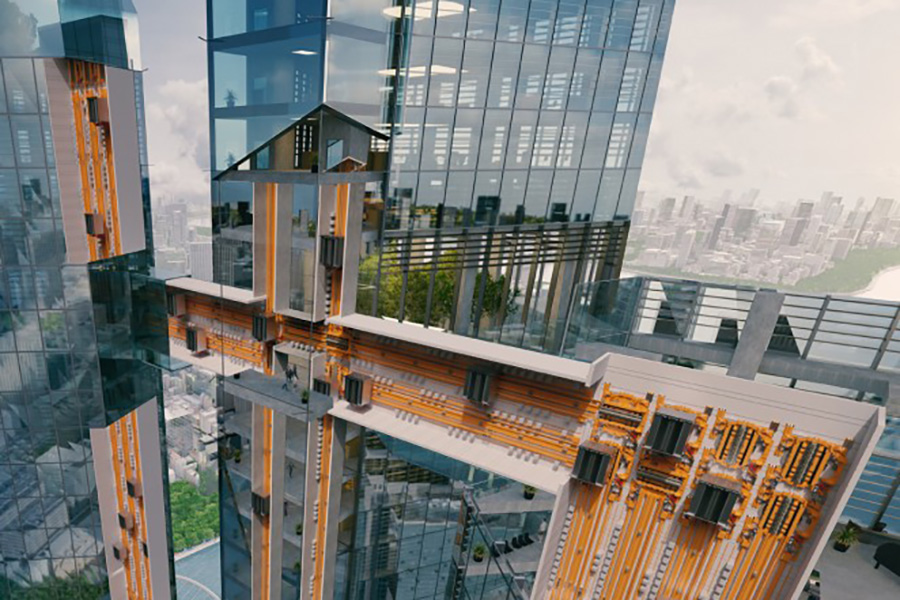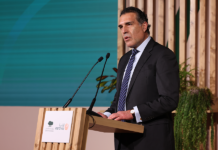
Why does elevator design need to change?
Elevators enabled the first high-rise buildings. But until now the basic principles have never really changed. Elevators are still cabins hanging on ropes. However, we are now seeing buildings that are more than 800 meters high. Conventional elevators are reaching their limits. We need a new concept.

How does the MULTI elevator work?
When we started looking at how to reinvent the elevator, someone joked that we needed to cut the ropes. We suddenly realized that without ropes, elevators can serve taller and taller buildings. Plus, by using linear induction motors and lighter cabins, the elevators can go horizontal and even inclined, enabling new possibilities. There could be sky bridges to connect cities on an upper level, or direct connections between underground metro systems and buildings. We want our elevators to connect seamlessly to public transportation systems such as buses and trains.
“An elevator is the nervous system of a building.”
What are the main benefits of MULTI?

Because multiple cabins run in one shaft, like a continuous train track inside a building, we can reduce the number of elevator shafts in a building by 30% to 50%. We can save space and either reduce the footprint of the building or host more people.
Then thanks to digitalization, AI and the IoT, we can optimize usage, reduce waiting times and make every building a pleasant place to work, visit,
and live![]()
As published in TIME magazine






























